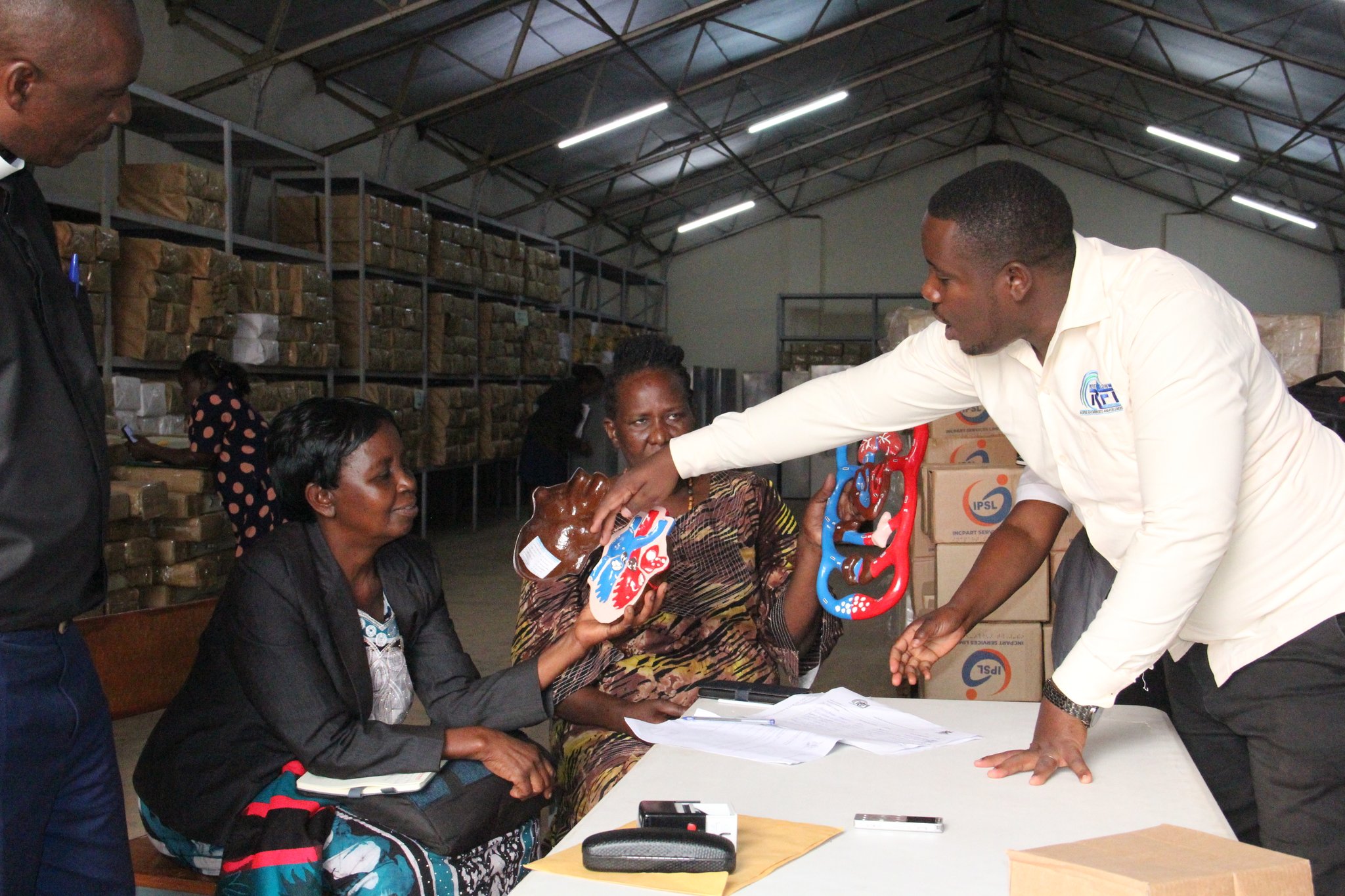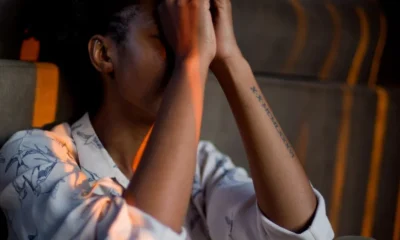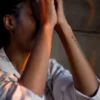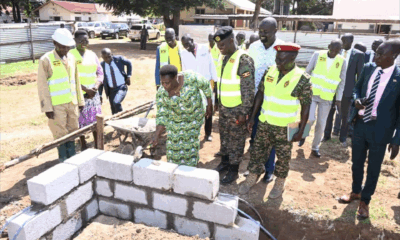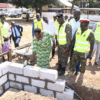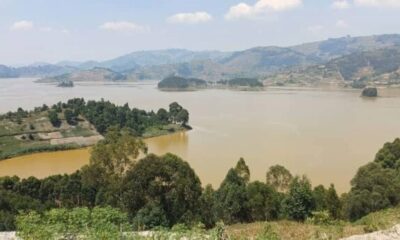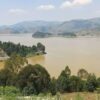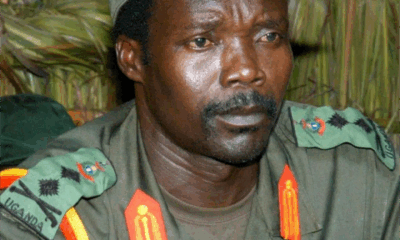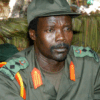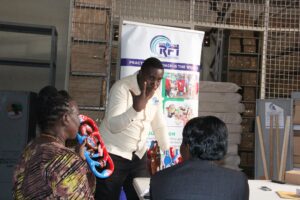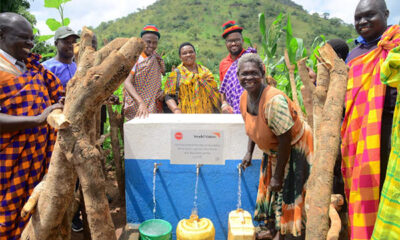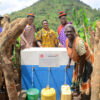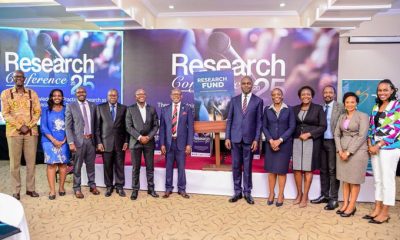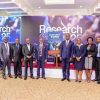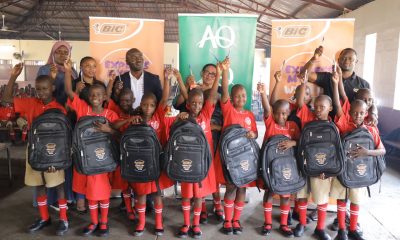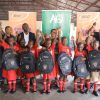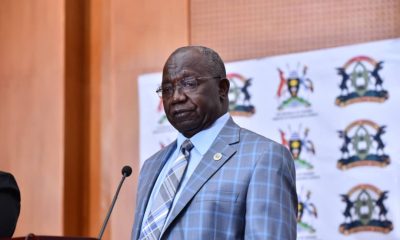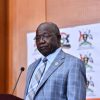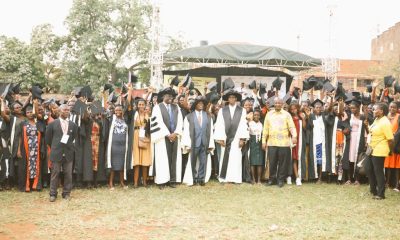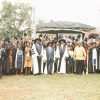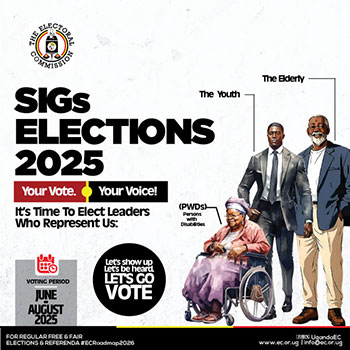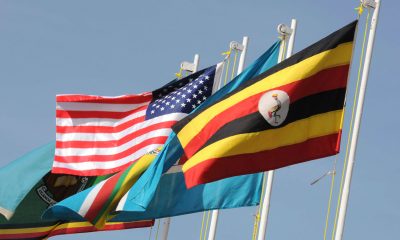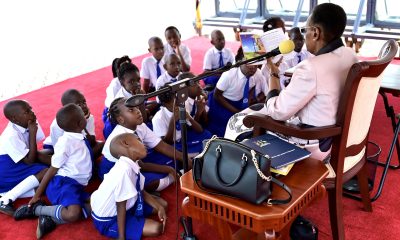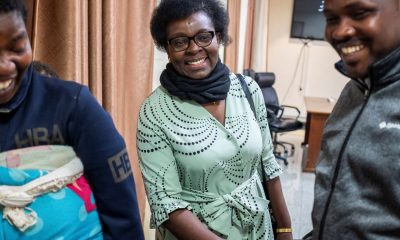Education
Government Strengthens Practical Science Education in Primary Schools Through Innovative Kits
In a bold push to revolutionise science learning in primary schools, the Ministry of Education and Sports, in partnership with Riverflow International, launched a comprehensive program to distribute science kits and build teacher capacity across government-aided schools nationwide.
This program has been running, and last week, a fourth batch of 334 Primary Science Kits was distributed to 17 districts across Uganda.
While speaking to the media, Abbey Musoke Bbossa, Senior Education Officer for Basic Education, emphasised the ministry’s commitment to making science teaching practical, relatable, and memorable for learners.
“In the past, we would draw an eye on the chalkboard and ask children to imagine it,” said Bbossa. “Now, we have a 3D model of the eye—complete with the cornea, iris, and all the parts. A child can touch it, feel it, and interact with it. That level of engagement makes learning unforgettable.”
Bbossa explained that these materials extend beyond anatomy. “This is a whole shift. From the circulatory system to microscopic germs on hands, we now use models and microscopes to bring science to life. A child can now see the bacteria on their hand if they don’t wash it. It’s not just theory anymore, it’s reality, and that’s transformative.”
The science kits are designed to improve understanding while addressing broader issues like hygiene, public health, and school retention. “Children want to touch, feel, and explore. When they do, they don’t drop out,” he added.
Riverflow International, the lead implementing partner, has played a crucial role in producing and distributing the kits. Stuart Nabaasa, the organisation’s Manager for Science and Innovations, said the program is informed by a bottom-up coordination system involving teachers from the school to the national level.
“We’ve built a structured teacher-support platform. It gathers feedback from schools to evaluate how these kits are being used. We also monitor to ensure they are not misdirected to private institutions,” Nabaasa explained.
According to Nabaasa, 1,336 schools are currently using the kits, with each school receiving training for at least three science teachers. “We’ve trained close to 4,000 teachers under this program alone, and that doesn’t include refresher sessions,” he noted. “We also support curriculum interpretation because many teachers still struggle to align classroom content with practical science.”
Nabaasa added that the next phase of teacher training will roll out on August 1st. “We tailor the training based on district needs. In areas where teachers are struggling with content, we spend more time to ensure they’re confident before returning to their classrooms.”
Riverflow’s Communication Manager, Olare Margret, highlighted the scale and impact of the initiative. “So far, over 1,336 government-aided primary schools have received science kits. We specifically selected both high-performing and struggling schools to ensure we boost science performance across the board,” she said.
She cited an example from Ntungamo District. “In Ntungamo, there is a school called Kitunga Boarding Primary School had only one pupil in Division One in science. After receiving the kits in 2022, their number rose to 10 and in 2024. That’s a clear indication that the approach is working.”
Olare also underscored the hands-on value of the kits in rural settings. “Learners now understand electricity by assembling circuits using batteries from torches. Even in areas without electricity, children can use these concepts to light up small bulbs. This is real-life learning.”
Alanyo Margaret, the District Education Officer in Pader District, one of the beneficiaries of this last batch, commended the program for transforming how science is taught.
“Our science teachers could draw diagrams, but often couldn’t explain them deeply,” Alanyo noted. “Now, with these kits, learners are touching, turning, and observing how the heart pumps blood or how digestion occurs. It remains in their memory because it’s tangible.”
She further appealed to the ministry to scale up the initiative. “We have 107 government-aided schools in Pader, but only a few have received the kits. We request the ministry to expand this support so that even schools without the kits can benefit through sharing and peer training.”
To address this, Alanyo proposed a rotational system where trained schools lend kits to others. “Even if not every school gets a kit immediately, knowledge-sharing can ensure no learner is left behind.”
As Uganda continues its journey toward inclusive and practical science education, the synergy between government commitment, community engagement, and local innovation is proving to be a powerful formula for transforming the nation’s classrooms.
Comments



